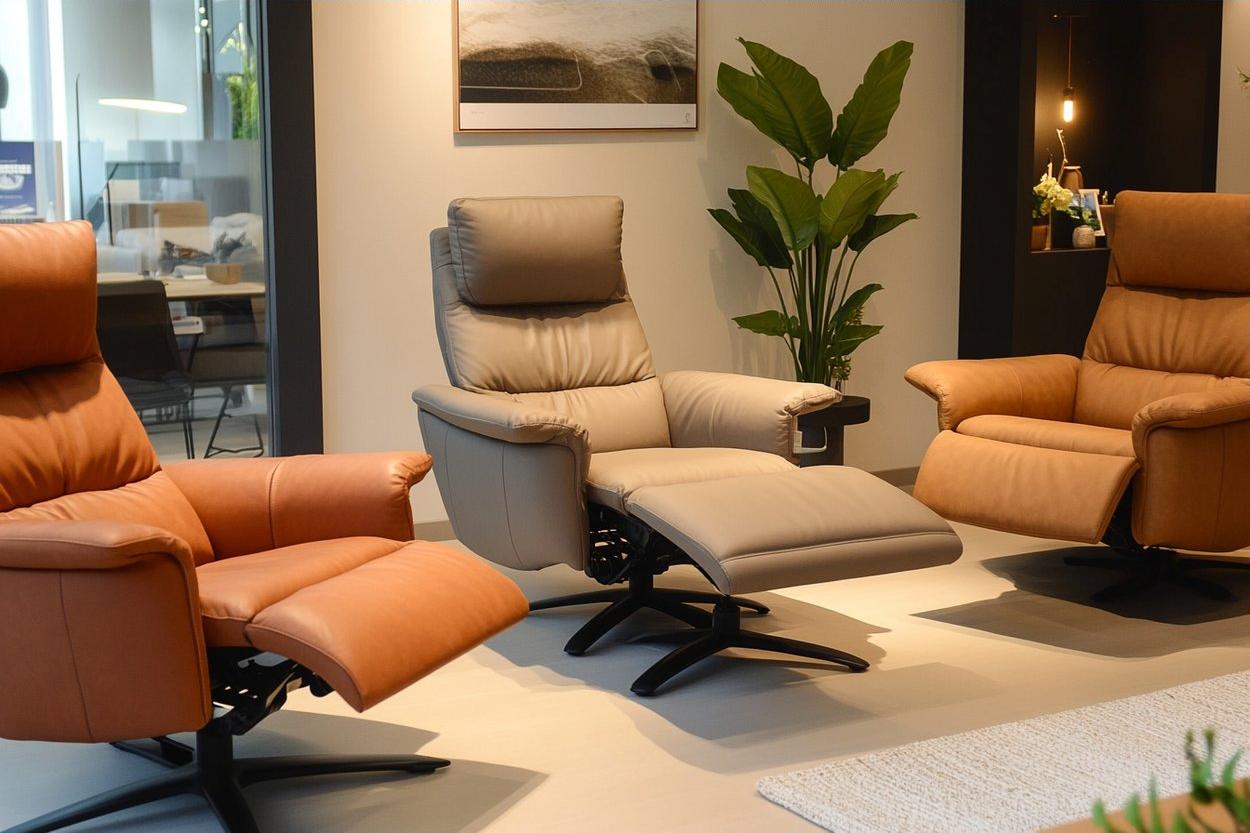The Art of Selecting the Perfect Furniture for Your Home
Choosing the right furniture for your home is a crucial decision that impacts both the aesthetics and functionality of your living space. Whether you're furnishing a new home or updating an existing room, understanding the key factors to consider can help you make informed choices that blend style, comfort, and practicality. This comprehensive guide will walk you through the essential steps to select furniture that perfectly suits your needs and enhances your living environment.

What are the key factors to compare when selecting furniture?
When embarking on your furniture selection journey, it’s important to consider several key factors that will influence your decision-making process. First and foremost, assess the purpose of the room and how you intend to use the space. This will help determine the type of furniture you need and its functional requirements.
Next, consider the overall style and aesthetic you want to achieve. Are you aiming for a modern, minimalist look, or do you prefer a more traditional or eclectic style? The furniture you choose should complement your existing decor and reflect your personal taste.
Size and scale are also critical factors to consider. Furniture should be proportionate to the room and other pieces to create a balanced and harmonious environment. Additionally, pay attention to the quality of materials and construction, as these will impact the durability and longevity of your furniture.
How can you combine style, comfort, and functionality in your choices?
Achieving the perfect balance between style, comfort, and functionality is the holy grail of furniture selection. Start by prioritizing comfort for pieces you’ll use frequently, such as sofas, chairs, and beds. Look for ergonomic designs and high-quality cushioning that provide proper support.
To ensure functionality, consider multi-purpose furniture pieces that offer storage solutions or can adapt to different uses. For example, a stylish ottoman with hidden storage or a sleeper sofa for guest accommodations can maximize the utility of your space without compromising on aesthetics.
When it comes to style, choose pieces that reflect your personal taste while also complementing the overall design scheme of your home. Mix and match different textures, colors, and materials to create visual interest and depth. Remember that statement pieces can serve as focal points, while more neutral items can provide balance and versatility.
What steps should you take to evaluate material quality and durability?
Assessing the quality and durability of furniture materials is crucial for making a wise investment. Start by researching different materials commonly used in furniture construction, such as solid wood, engineered wood, metal, and various fabrics.
For wooden furniture, look for pieces made from hardwoods like oak, maple, or walnut, which are known for their durability. Check for solid wood construction rather than veneers or particleboard, especially for high-use items. Examine the joinery techniques used, such as dovetail or mortise-and-tenon joints, which indicate superior craftsmanship.
When evaluating upholstered furniture, pay attention to the quality of the fabric and its durability rating. Look for high thread counts and tight weaves for better resistance to wear and tear. For leather furniture, understand the different grades of leather and choose full-grain or top-grain leather for the best quality and longevity.
How can you measure your space and match furniture dimensions?
Accurate measurements are essential for ensuring that your furniture fits perfectly in your space. Begin by creating a detailed floor plan of the room, noting the dimensions of walls, windows, and doorways. Consider traffic flow and leave enough space for comfortable movement around the furniture.
When measuring for specific pieces, account for clearance space. For example, allow at least 18 inches between a coffee table and sofa for easy access. For dining tables, ensure there’s at least 36 inches of clearance on all sides for chairs and movement.
Use painter’s tape to mark out the dimensions of potential furniture pieces on the floor. This will give you a visual representation of how the furniture will fit and help you avoid purchasing items that are too large or small for the space.
What should you consider for budget planning and smart choices?
Creating a realistic budget is a crucial step in the furniture selection process. Start by prioritizing which pieces are most important and allocate your budget accordingly. Consider investing more in high-use items like sofas and beds, while being more frugal with accent pieces.
Research different price points and compare options from various retailers. Look for sales and discounts, but be wary of deals that seem too good to be true, as they may compromise on quality. Consider the long-term value of your purchases – sometimes spending more on a high-quality piece can save money in the long run by reducing the need for replacements.
| Furniture Type | Average Price Range | Factors Affecting Cost |
|---|---|---|
| Sofa | $500 - $3,000+ | Size, material, brand |
| Dining Table | $200 - $2,000+ | Size, material, style |
| Bed Frame | $100 - $1,500+ | Size, material, design |
| Armchair | $200 - $1,000+ | Material, brand, style |
| Coffee Table | $100 - $800+ | Size, material, design |
Prices, rates, or cost estimates mentioned in this article are based on the latest available information but may change over time. Independent research is advised before making financial decisions.
When making your final decisions, consider the versatility and longevity of each piece. Opt for timeless designs in neutral colors for large, expensive items, and use smaller, more affordable accessories to add pops of color or trendy elements that can be easily updated over time.
In conclusion, selecting the perfect furniture for your home involves careful consideration of style, comfort, functionality, quality, and budget. By taking the time to evaluate these factors and plan your purchases thoughtfully, you can create a beautiful and comfortable living space that reflects your personal taste and meets your practical needs for years to come.




